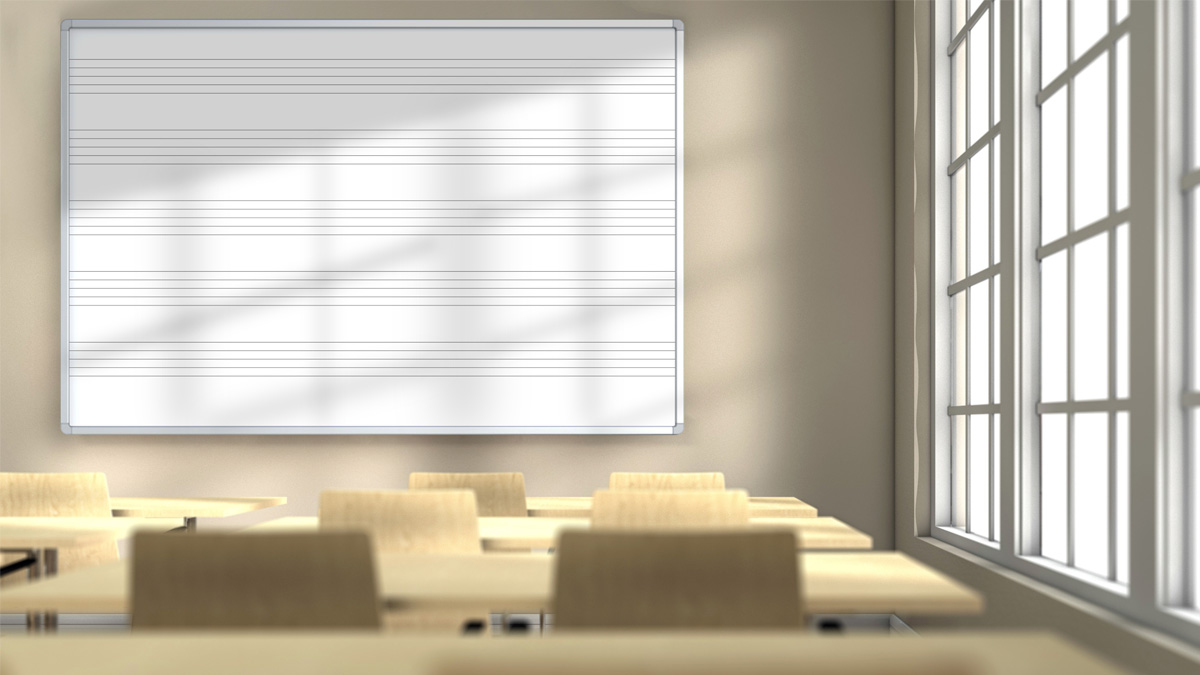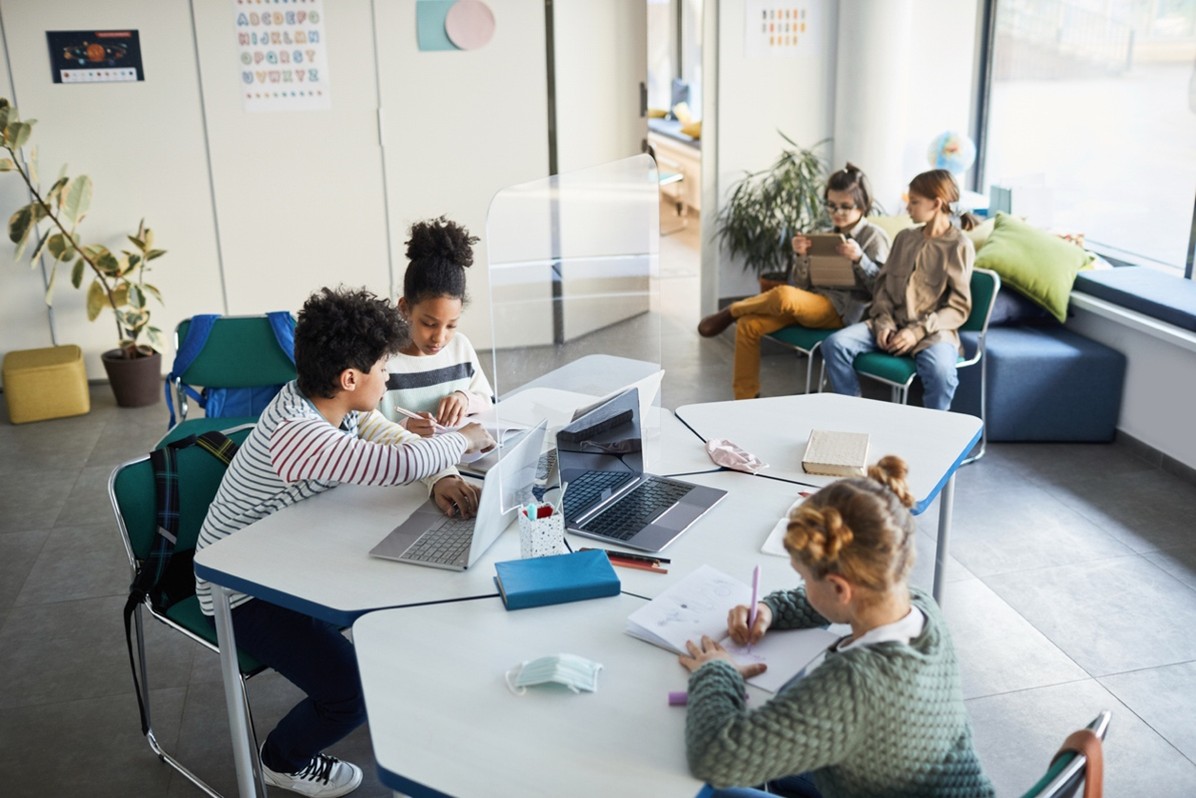In the landscape of modern education, school libraries are undergoing a revolutionary transformation. Evolving from their traditional roles as book-centric storehouses, they are now vibrant, multi-functional hubs that nurture collaboration, creativity, and digital fluency. This shift mirrors the broader move towards a student-centered learning model, wherein engagement and learning outcomes are significantly enhanced through interactive, technologically enriched environments.

As a veteran educator with experience in setting up classrooms and libraries in under-resourced communities globally, I was intrigued by the Robin Hood Library Initiative. In collaboration with the Robin Hood Foundation, a nonprofit dedicated to combating poverty in New York City, this initiative began in the early 2000s with a mission to enhance educational facilities in underserved areas. Focusing on upgrading libraries within the city’s most disadvantaged elementary schools, it aimed to foster literacy and learning. This initiative serves as a prime example of how school libraries across the five boroughs were transformed into modern, dynamic spaces.
Central to this transformation is the incorporation of cutting-edge technology, adaptable furniture, and creative design elements that inspire and foster concentration. These renovated spaces extend beyond book storage, incorporating teaching zones, maker spaces with 3D printers and tactile learning tools, and tech zones designed for diverse learning styles and digital skills.
Aesthetically, these spaces are inviting and stimulating, featuring bright colors, abundant natural light, and ergonomic furnishings. This environment encourages academic curiosity and creativity.
In essence, the evolving role of the library within the educational setting marks it as a pivotal center for innovation, learning, and community engagement. This evolution demands a reevaluation of existing library design and services to ensure they meet the dynamic needs of contemporary learners and educators.
Reimagining Future-Ready School Libraries
How do you navigate the transformation of your library into a learning hub that aligns with the dynamic needs of today’s digital era?
In the past five years, priorities have dramatically shifted, moving away from traditional concerns such as the number of books, spatial dimensions, wood finishes, class sizes, or the placement of the circulation desk. Today’s focus is on more pressing questions: What tools and resources are essential for your students? What are your educational objectives, and how can they be incorporated within your library’s framework?
Ideally, there would be a universal blueprint for creating the ultimate school library, one that effectively serves both educators and learners over time. However, the reality is that no one-size-fits-all solution exists. The key is to evaluate your educational programs and resources to identify the most suitable approach for your setting. Despite this variability, certain critical design elements should not be overlooked in your mission to develop an optimal learning environment.
Here are five design principles to consider as you envision your ideal school library:
1. Embracing Flexibility and Collaboration:
A library’s design must be adaptable, accommodating a spectrum of activities from group projects and peer tutoring to individual research. This aligns with the shift towards collaborative and project-based learning in schools, moving away from conventional classroom layouts.
Flexibility in furniture and layout is essential, allowing libraries to adapt to changing educational practices. The integration of modern technologies like interactive whiteboards is crucial, facilitating interactive learning and seamless digital content integration. These tools support a range of instructional strategies, from student-led presentations to distance learning.
As school libraries are reimagined, the role of the librarian becomes increasingly important. Continuous dialogue, informed by an understanding of diverse learning styles and technological advancements, is vital in creating innovative and flexible learning spaces.
2. Evolving Beyond Bookshelves:
Despite the widespread availability of digital resources, printed books continue to hold significant value, particularly for young readers and in disciplines like language arts and history. They offer a depth and texture to the learning experience that digital formats may not fully capture. At the same time, embracing eBooks and digital devices such as Kindles and Nooks is essential to align with the preferences of students who expect instant access to information. This approach provides a bridge between traditional reading methods and the digital convenience sought by today’s learners.
Drawing inspiration from retail environments like Barnes & Noble, modern libraries are transforming their spaces with attractive displays, movable fixtures, and strategic lighting to make books and magazines more appealing and accessible to students. This approach shifts the focus from merely housing a vast quantity of shelving to strategically presenting printed collections in a way that complements digital offerings.
3. Investing in Robust Infrastructure:
As modern libraries are transforming into tech hubs, they need a robust infrastructure for a variety of electronic devices and digital tools. This calls for adaptable design, ample power sources, and effective use of natural light.
The traditional sparse distribution of wall sockets is outdated; modern libraries require electrical planning from the initial design stage. Innovations like the eight-outlet Smith System I-O Post ensure power accessibility throughout the space for laptops, tablets, and multimedia equipment.
Balancing natural light with the need to reduce screen glare and manage climate control is also important. Solutions like adjustable louvers or shades can mitigate these issues while leveraging the benefits of sunlight.
Collaboration with IT departments and administrators is vital to ensure secure, wireless connectivity, enhancing the library’s role in information and resource access. While the planning might seem mundane, the outcome is a library adeptly supporting both current and future educational technologies.
4. Balancing Aesthetics with Functionality:
A library should be more than a visual display; it needs to be a vibrant, practical environment where students are actively engaged in learning and creativity. The growing trend of “Starbucks” style libraries, which emphasize socializing over studying, poses questions about their effectiveness in fostering academic success. The ideal library strikes a balance between attractiveness and utility and must be equipped with versatile furniture and resources that support a diverse range of learning activities. When designing a library, the emphasis should be on facilitating educational activities and nurturing a conducive learning environment, rather than focusing solely on the aesthetic appeal of the furniture or space.
5. Extending Learning Outdoors:
Integrating outdoor spaces into school libraries provides a vital counterbalance to the digital world, enriching students’ learning experiences by connecting them with nature. This integration offers moments of relaxation and an opportunity for reading beyond the confines of technology.
Learning gardens or outdoor patios are prime examples of how these areas can enhance sensory learning, foster community engagement, and create unique settings for educational activities. In an era where children are increasingly spending less time outdoors, an outdoor reading patio not only expands the library’s usable area but also fosters cherished memories and promotes well-being by reducing digital eye strain.
Incorporating natural elements and views into the library’s design, along with vibrant colors, murals, and creative signage, adds sensory richness and visual interest. This approach transforms the library into an inviting space for exploration and discovery, leveraging both the aesthetic and practical benefits of outdoor features to support a more holistic educational experience.
Embarking on the journey to transform school libraries might seem daunting, yet embracing this shift is crucial for enhancing the educational landscape and meeting the dynamic needs of contemporary learners. This evolution, which champions technology, collaboration, and innovation, signifies a pivotal shift from traditional library roles. Libraries become vibrant hubs of creativity and exploration, fostering a sense of community and engagement among students.
This transformation prepares students for the challenges and opportunities of the digital age and cements the library’s role as a cornerstone of 21st-century education.
Let’s not delay in reimagining our libraries’ future. By doing so, we open up a world of possibilities for our students, ensuring they are not just keeping pace with change but are steps ahead.
This article is based, in part, on the following articles:











